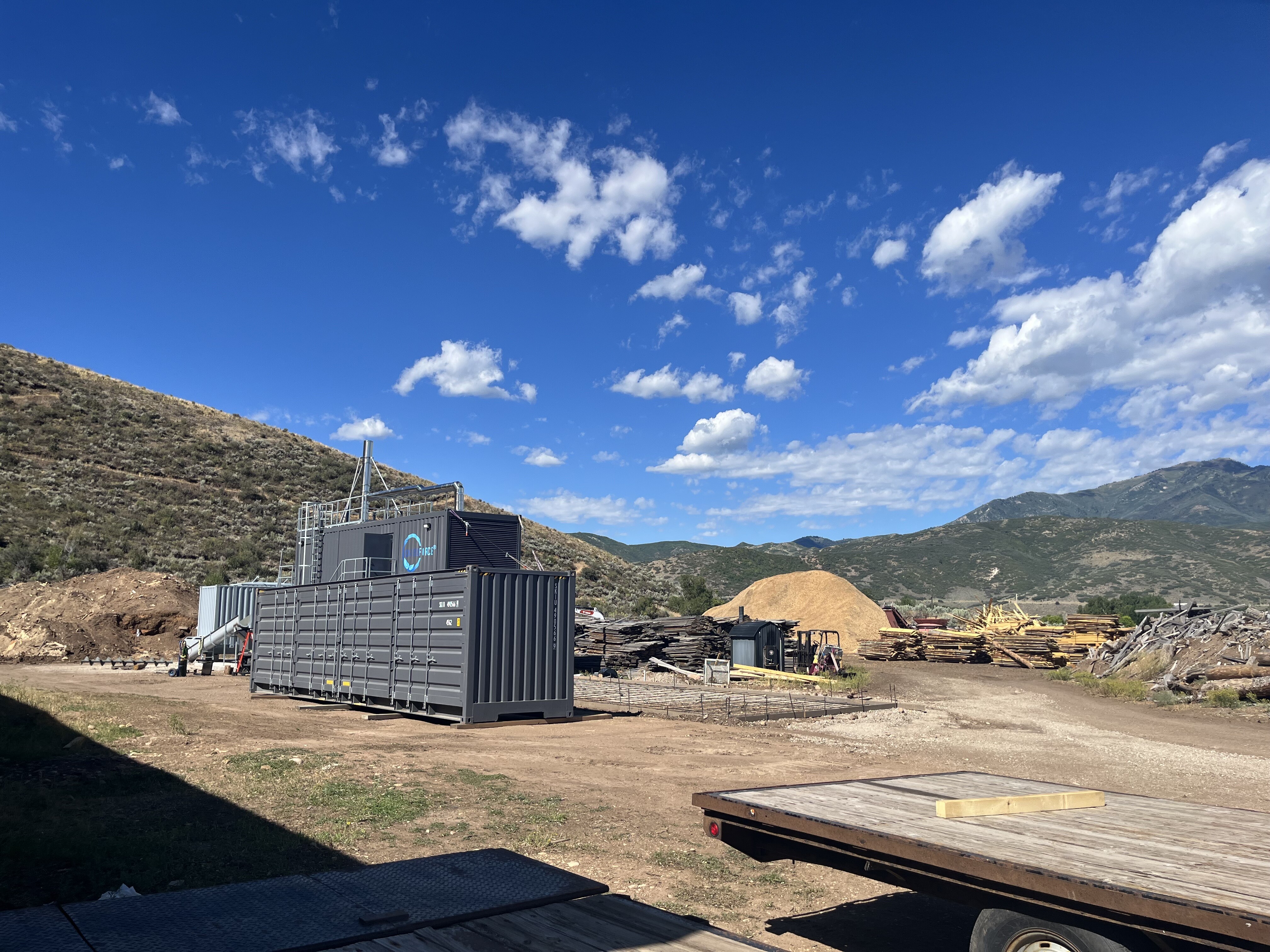
CO₂ Sync
- Standard: Puro.earth
- Methodology: Biochar
- Credit Type: CORC 100 +
- Facility ID: 942887
- Location: Utah, USA
- Year of first issuance: 2026
- Status: Development
- Audited by: N/A
- Spot Inventory: No
- Forward Inventory: Yes
Description
Located in Heber City, Utah, CO₂ Sync utilizes pyrolysis to convert standing dead trees and timber offcuts into biochar, mitigating wildfire risk while locking carbon away in a stable form. The biochar produced will be used for agriculture applications, with plans for future uses in water filtration and activated carbon production.
Feedstock
- Dead standing trees from forest service lands, which are wildfire hazards due to beetle infestation.
- Offcuts of timber from their timber framing business.
Application
- Agriculture: CO₂ Sync will sell biochar to an intermediary who will incorporate it into fertilizer for farmers.
- Energy: The heat and electricity generated during the pyrolysis process will be used for drying feedstock and later exported to a district heating network, with electricity sold to the grid (supporting circa 1000 local households).
- Future Uses: Plans for water filtration and using biochar as activated carbon.
Co-benefits
- Environmental Stewardship: Reduces wildfire hazards and promotes healthier forests.
- Soil Health: Enhances soil quality and crop yields.
- Community Impact: Creates green jobs and revitalizes local communities.
Additionality
- Environmental additionality: Typically, wood waste from the timber framing business is either burned, sold as mulch, or left to decompose, all resulting in CO₂ emissions
- Financial additionality: CO₂ Sync's success is largely dependent on carbon revenue. Carbon credits are crucial for funding operations and scaling efforts, including the development of an additional facility equipped with larger CarboForce machines doubling production capacity.
- Regulatory additonality: The project is not required by existing laws, regulations, or other binding obligations, demonstrating its additionality in contributing to sustainability and climate goals.


Photo: Clayton Steward/Park Record
Photo: Clayton Steward/Park Record